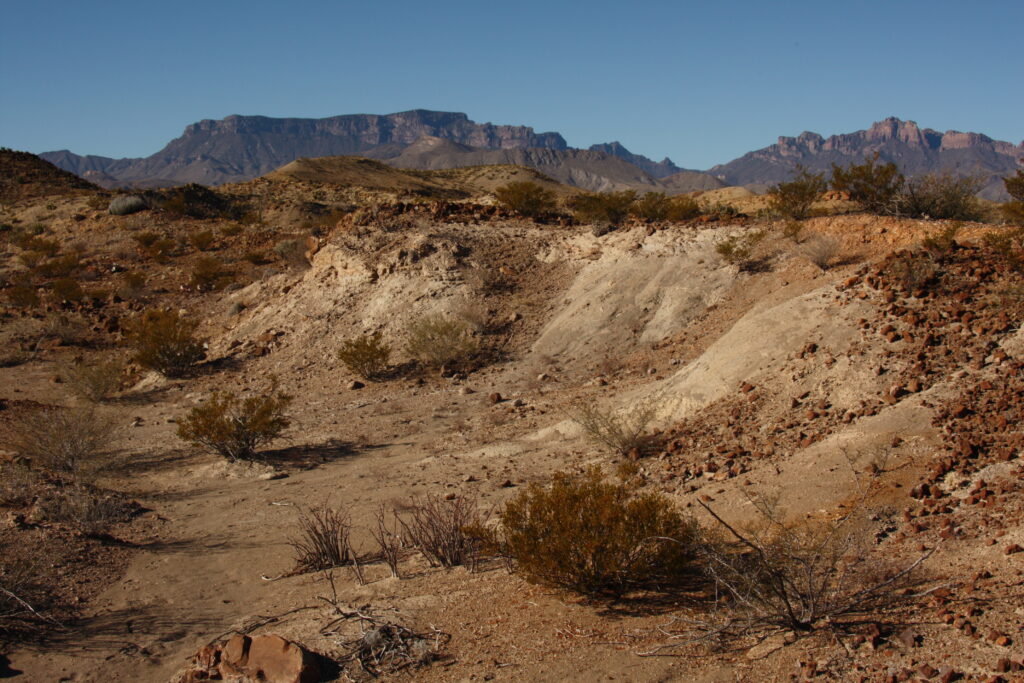When we think of the Cretaceous period, lush tropical forests and dinosaur-filled swamps often come to mind. However, this vibrant chapter of Earth’s history, spanning from 145 to 66 million years ago, also featured vast, arid landscapes that rivaled modern deserts in their harshness. Recent paleoclimatological research has revealed that these ancient Cretaceous deserts played a crucial role in shaping biodiversity and evolutionary adaptations. From the scorching Gondwanan interior to the wind-swept dunes of prehistoric Asia, these environments tell a fascinating story of life’s resilience in extreme conditions. Let’s explore the forgotten deserts of the dinosaur era and discover how they influenced the world we know today.
The Formation of Cretaceous Deserts
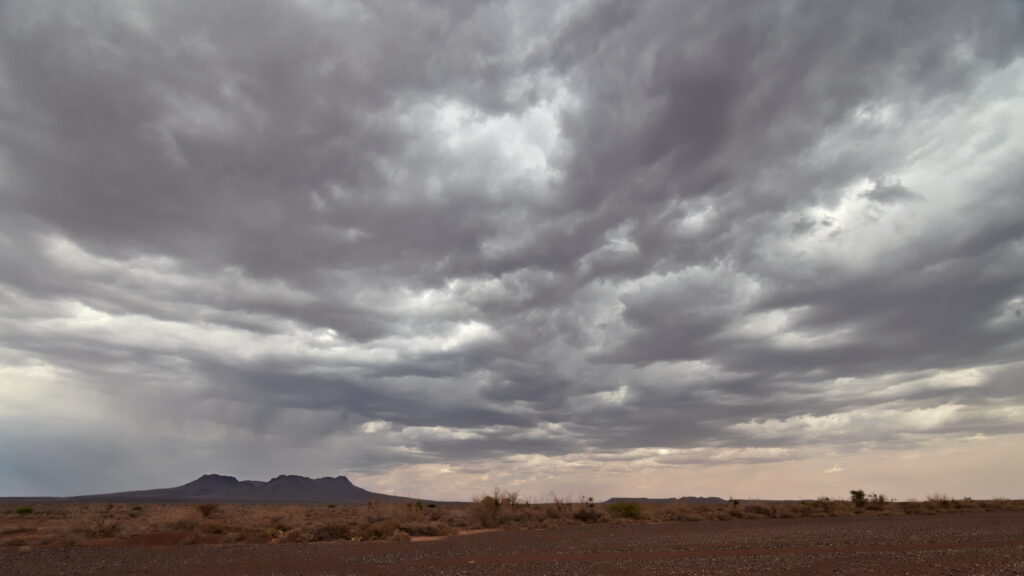
The Cretaceous deserts formed primarily due to a combination of continental positions and global climatic conditions unlike anything we experience today. During this period, the supercontinent Pangaea continued its fragmentation that had begun in the late Triassic, creating new continental configurations that dramatically altered atmospheric circulation patterns. The breakup created vast continental interiors far from oceanic moisture sources, resulting in rain shadow effects behind newly formed mountain ranges. Additionally, the Cretaceous world experienced greenhouse conditions with global temperatures averaging 4-11°C higher than present day. These factors combined to create extensive arid zones, particularly in the mid-latitudes of continents like Africa, South America, and Asia, where evaporation rates far exceeded precipitation, leading to desert formation on a massive scale.
The Geographical Extent of Ancient Drylands
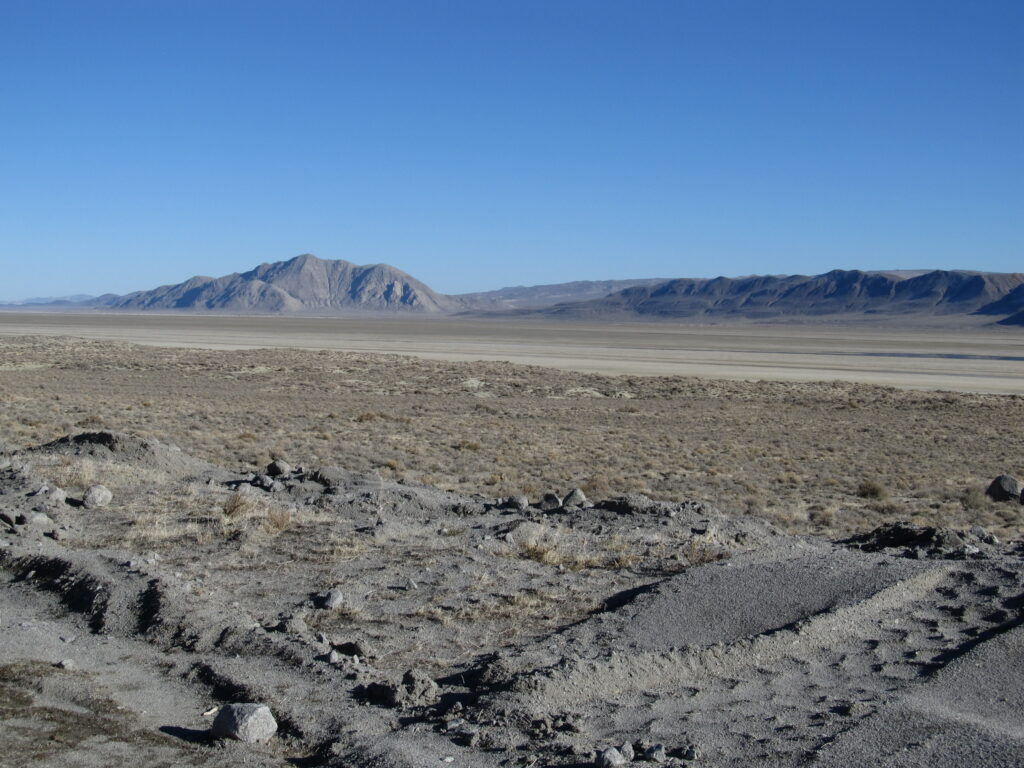
Contrary to popular depictions of the Cretaceous as uniformly lush and tropical, paleoclimatic models suggest that up to 30% of land surfaces during this period experienced desert or semi-desert conditions. The most extensive desert regions developed in the interior of what is now South America, where the Botucatu Desert spread across parts of modern-day Brazil, Paraguay, Uruguay, and Argentina. In Africa, vast sandy expanses covered what would become the Sahara, though the ancient desert boundaries extended much further south. Asia hosted several significant desert regions, particularly across what is now Mongolia and northern China, as evidenced by the spectacular preservation of dinosaur fossils in the Gobi region. North America’s western interior also experienced seasonal aridity, with paleosol evidence suggesting alternating wet and extremely dry periods. These widespread desert ecosystems created a complex mosaic of habitats that influenced species distribution and adaptation throughout the Cretaceous.
Evidence in the Rock Record
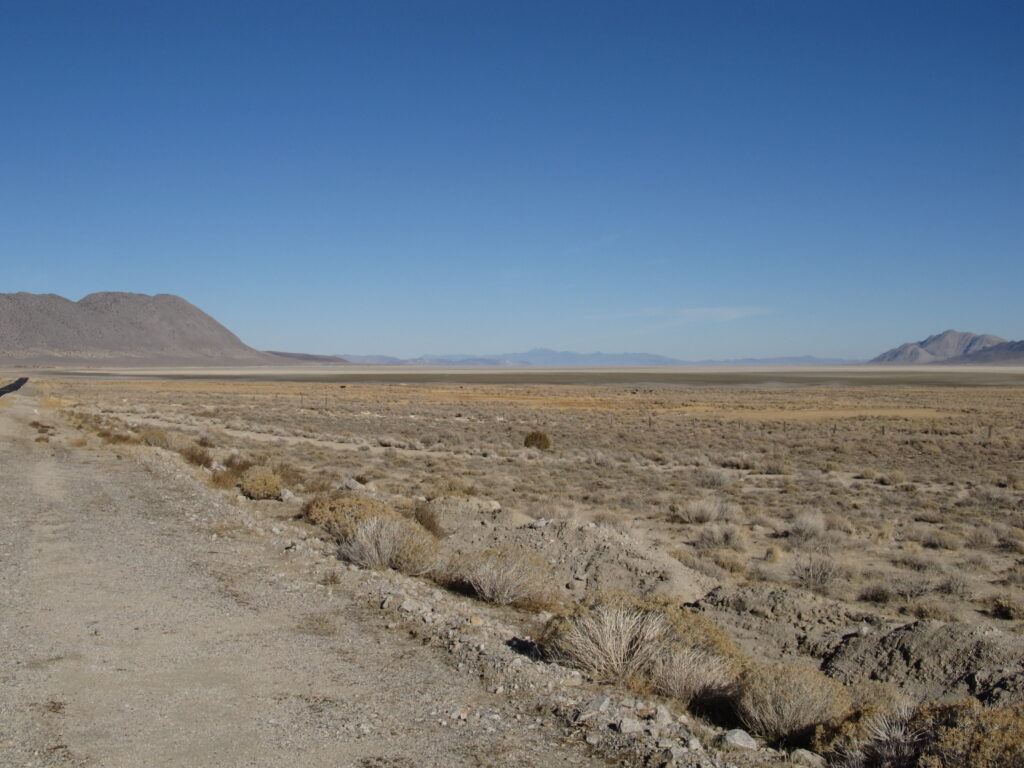
Paleontologists and geologists have uncovered compelling evidence of Cretaceous deserts in the rock record, providing a window into these ancient environments. The most obvious indicators are extensive sandstone formations showing characteristic cross-bedding patterns created by ancient dune migration. The Botucatu Formation in South America represents one of the most extensive ancient desert deposits, with dune formations reaching heights comparable to those in today’s Sahara. Evaporite minerals like gypsum and halite, formed when mineral-rich water bodies evaporated in arid conditions, are common in Cretaceous strata across multiple continents. Paleosols (ancient soil horizons) from these regions show distinctive characteristics of desert soils, including calcium carbonate accumulations, oxidized iron compounds creating reddish coloration, and minimal organic content. Fine-grained sediments show evidence of wind abrasion and sorting, further confirming the presence of powerful dust storms and aeolian processes shaping these ancient landscapes.
Climate Patterns and Seasonal Extremes
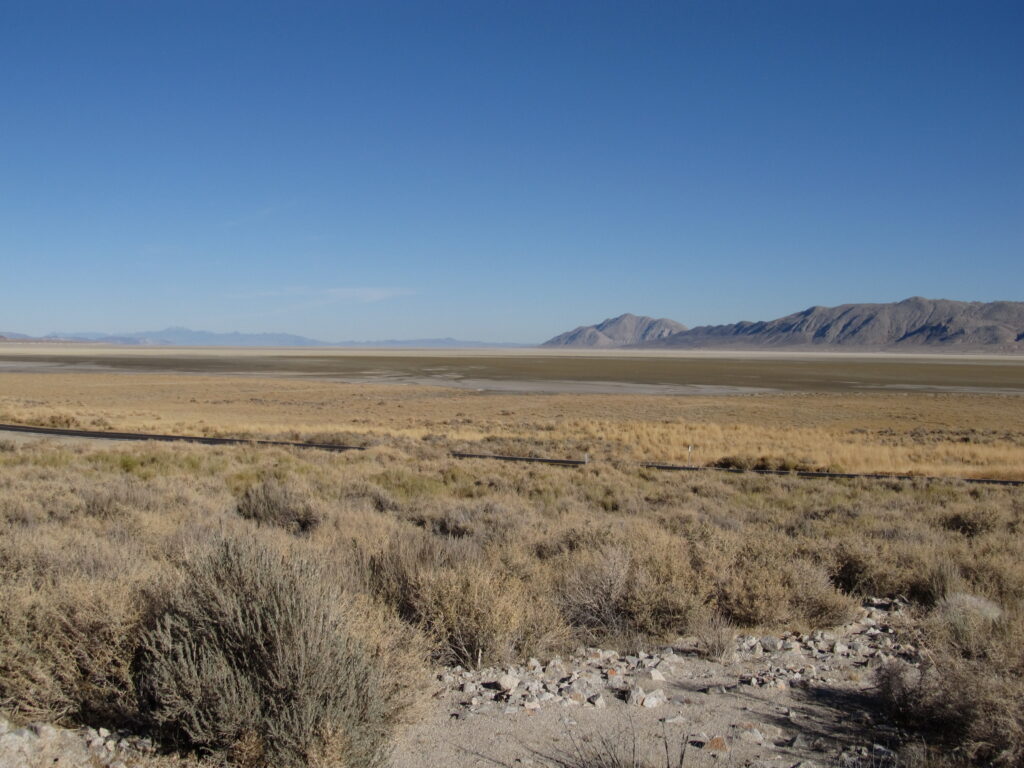
The climate of Cretaceous deserts exhibited extreme seasonal patterns that would seem alien even to modern desert dwellers. With atmospheric CO₂ levels at least four times higher than pre-industrial levels, these environments experienced intense heating during daylight hours, potentially reaching temperatures above 50°C (122°F) during summer months. Computer modeling suggests that temperature fluctuations between day and night were more dramatic than in modern deserts, with rapid cooling after sunset due to efficient radiative heat loss. Seasonal rainfall patterns differed significantly from modern deserts, with some evidence suggesting brief but intense monsoonal periods that delivered the majority of annual precipitation within just a few weeks. These climate extremes created boom-and-bust cycles for desert life, with organisms evolving specialized adaptations to endure months of drought punctuated by brief periods of relative abundance. Dust storms and sand-moving events likely occurred on scales rarely seen in modern environments, reshaping vast landscapes and contributing to global climate patterns.
Desert-Adapted Dinosaurs
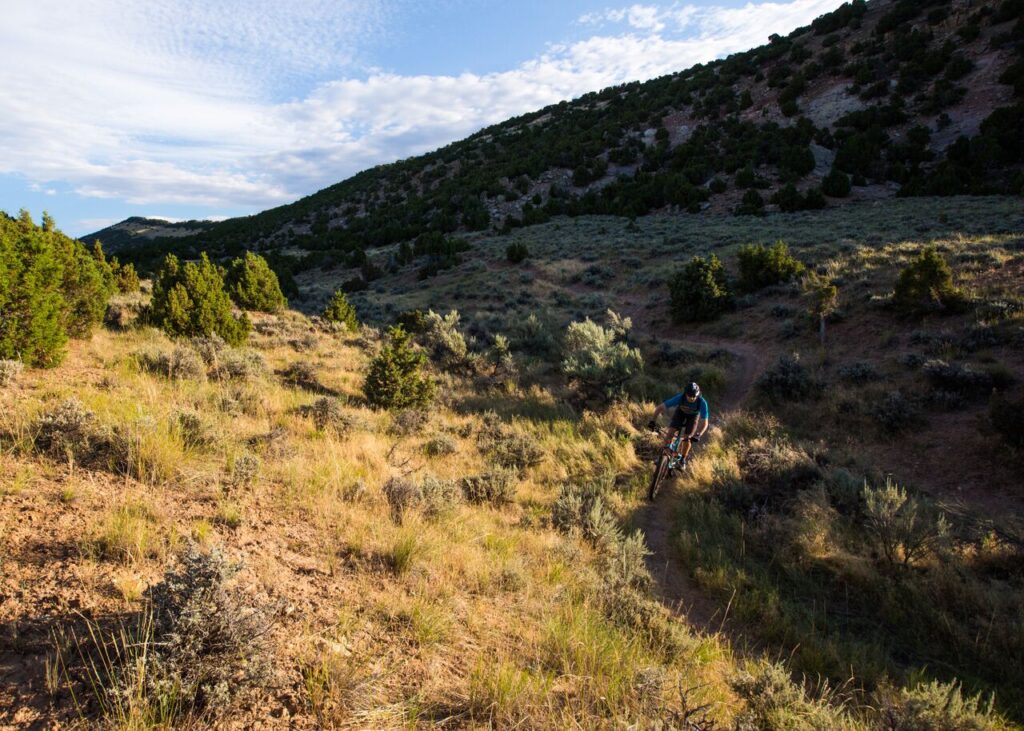
Several dinosaur species evolved remarkable adaptations for survival in the harsh Cretaceous desert environments. The most well-documented desert-dwellers include Protoceratops and Velociraptor from the Gobi Desert region, whose fossils show evidence of specialized features for arid conditions. These adaptations included more efficient water conservation systems, such as specialized nasal passages that reduced water loss during respiration. Some desert dinosaurs developed lighter, more streamlined body structures to minimize overheating, while others evolved specialized scales that provided enhanced protection against solar radiation and water loss. Behavioral adaptations likely included nocturnal activity patterns, burrowing, and seasonal migrations to avoid the most extreme temperature periods. Digestive specializations allowed desert dinosaurs to process the tough, fibrous vegetation that characterized arid environments, extracting maximum nutrition and moisture from limited resources. The famous “fighting dinosaurs” specimen—a Velociraptor and Protoceratops preserved in combat—provides dramatic evidence of predator-prey relationships within these harsh desert ecosystems.
Plant Life in Cretaceous Arid Zones
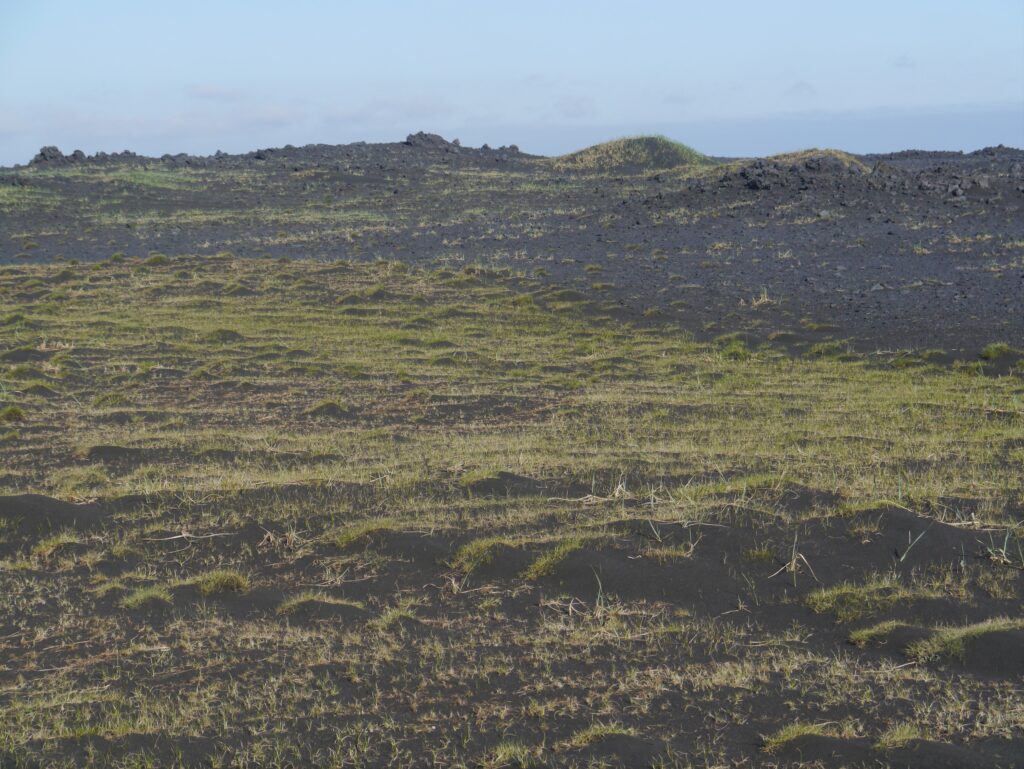
Plant communities in Cretaceous deserts displayed remarkable adaptations to survive extended drought periods and extreme temperature fluctuations. Unlike the fern-dominated underbrush of contemporaneous forests, desert flora featured an abundance of early angiosperms (flowering plants) that evolved efficient water storage tissues and reduced leaf surface areas to minimize evaporation. Paleobotanical evidence suggests that drought-resistant cycads and ginkgoes were common, alongside ancestral forms of succulents that could store water in specialized tissues. Root systems tended to be extensive but shallow, designed to quickly absorb surface moisture after rare rainfall events. Many plants evolved specialized reproductive strategies, including seeds that could remain dormant for years until conditions became favorable, ensuring survival through extended drought cycles. Along seasonal waterways, gallery forests of more water-dependent species created critical habitat corridors through otherwise inhospitable terrain, supporting higher biodiversity than the surrounding desert proper.
The Desert Food Web
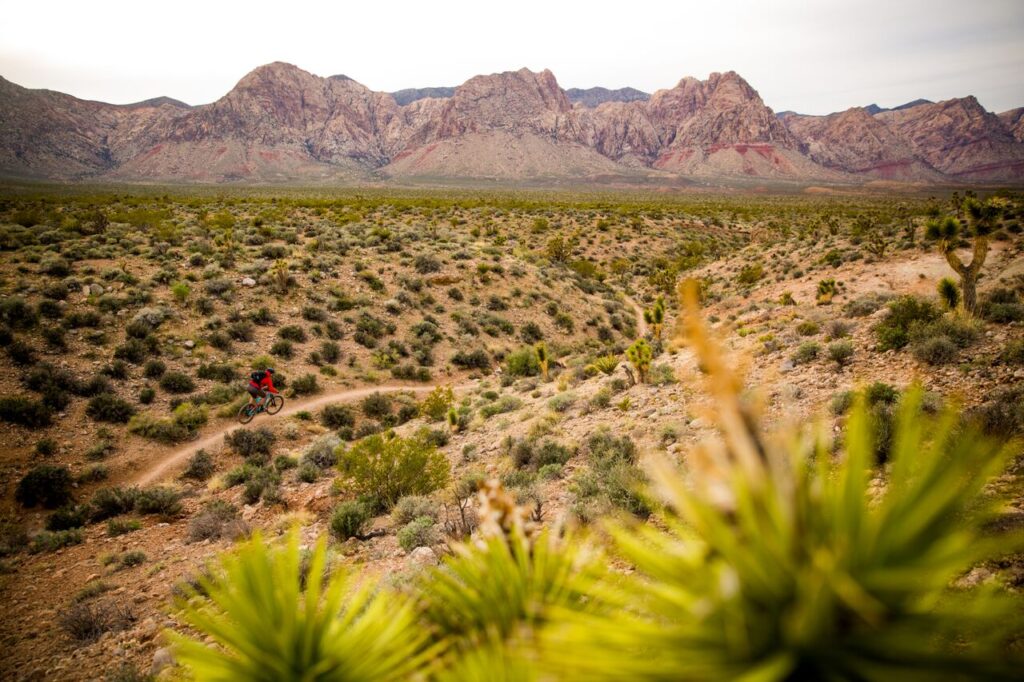
The food webs of Cretaceous deserts were characterized by high specialization and efficiency, with organisms evolving to maximize survival with minimal resources. At the base of these ecosystems were drought-resistant plants, cyanobacteria, and lichens that could photosynthesize under extreme conditions, converting limited sunlight and moisture into available energy. Primary consumers included specialized herbivorous dinosaurs with adaptations for processing tough, desert-adapted vegetation, as well as numerous small reptiles and early mammals that could survive on minimal water intake. Insect pollinators played a crucial role in desert plant reproduction, with evidence suggesting early co-evolutionary relationships between flowering plants and insects. Mid-level predators included smaller theropod dinosaurs and reptiles that preyed on the abundant small vertebrates and insects. Apex predators were relatively rare in these ecosystems compared to more resource-rich environments but included specialized desert hunters that could traverse large territories in search of prey. Scavengers played a disproportionately important role in desert food webs, efficiently recycling nutrients from animal remains.
Desert Oases as Biodiversity Hotspots
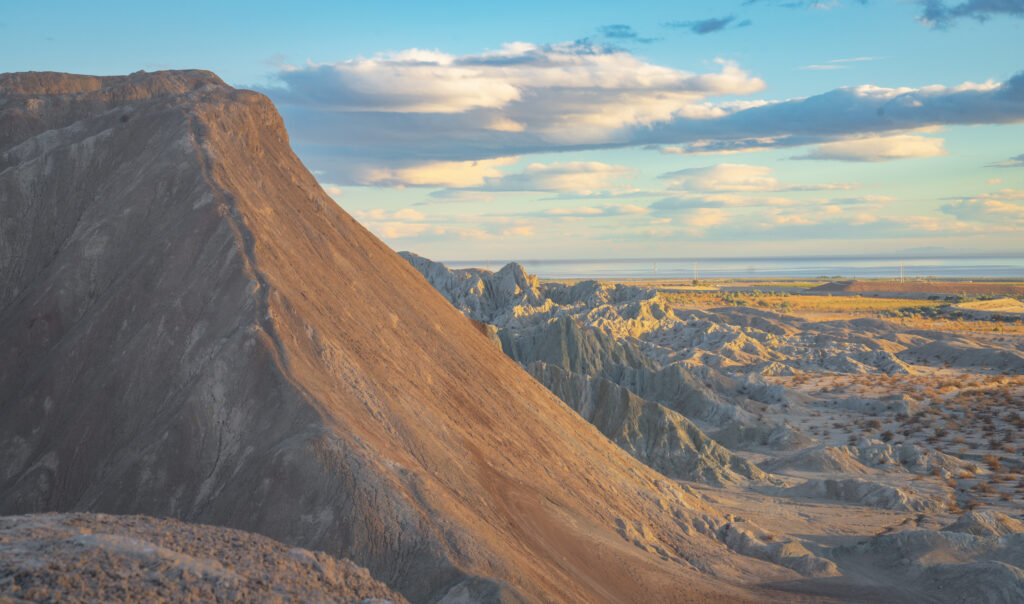
Within the harsh backdrop of Cretaceous deserts, oases served as critical biodiversity hotspots where life flourished in striking contrast to the surrounding aridity. These rare water sources created microhabitat islands that supported a disproportionate percentage of desert biodiversity. Fossil evidence from ancient oases shows remarkably dense concentrations of both plant and animal remains, suggesting these locations were heavily utilized by desert fauna. Around permanent springs, specialized wetland plant communities developed, with evidence of reeds, early palms, and other water-loving vegetation creating complex three-dimensional habitats. These oases functioned as vital stopover points for migratory species traversing the desert expanses, particularly during seasonal movements between more hospitable regions. Predator concentration was typically high around water sources, making them dangerous but necessary destinations for herbivores requiring regular hydration. Competition for access to these limited resources likely drove significant evolutionary adaptations and complex social behaviors among desert-dwelling species.
The Role of Wind and Dust
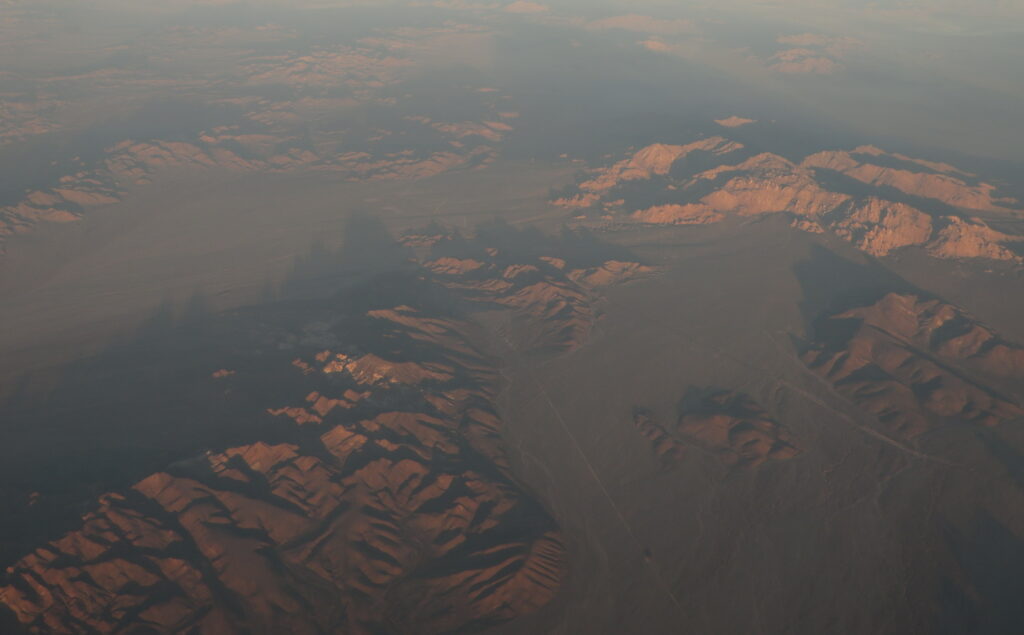
Wind played a formative role in Cretaceous desert ecosystems, creating dynamic landscapes in constant flux. Paleoclimatic models suggest that prevailing wind patterns were significantly influenced by different continental configurations and steeper temperature gradients between poles and the equator. These powerful winds shaped massive dune systems that migrated across desert basins, with some dune formations preserving evidence of heights exceeding 300 meters—taller than many dunes in modern deserts. Dust storms of extraordinary magnitude regularly swept across these regions, as evidenced by fine-grained sedimentary deposits found thousands of kilometers from their source regions. These atmospheric dust loads had significant effects on global climate, influencing cloud formation, precipitation patterns, and even marine ecosystems through the iron fertilization of distant oceans. Wind erosion created distinctive landforms, including yardangs, deflation basins, and ventifacts, some of which are preserved in the geologic record. For desert organisms, these powerful winds necessitated adaptations, including specialized eye protection, burrowing behaviors, and aerodynamic body forms to minimize wind resistance.
The Gobi Desert: A Cretaceous Time Capsule
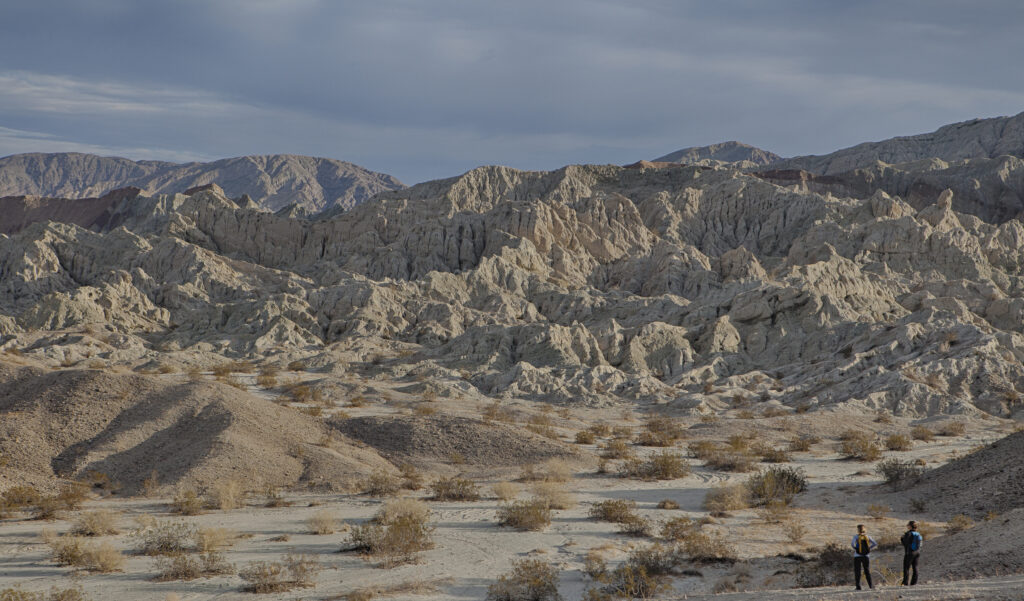
The Gobi Desert region of modern Mongolia and China represents one of the most significant windows into Cretaceous desert ecosystems, preserving an extraordinary fossil record of ancient desert life. During the Late Cretaceous, this region experienced a semi-arid climate with seasonal rainfall, creating conditions ideal for rapid burial and exceptional preservation of organisms. The famous Djadochta Formation has yielded some of paleontology’s most spectacular finds, including nesting dinosaurs, complete skeletons in life positions, and even preserved dinosaur embryos still in their eggs. The preservation quality in these deposits allows scientists to reconstruct details about behavior that are rarely available elsewhere, such as evidence of parental care in Oviraptor and communal nesting in Protoceratops. Geological evidence from the Gobi reveals a complex mosaic of habitats, including stabilized dunes, ephemeral streams, and small lakes that supported a diverse community of organisms. The rapid burial of specimens during sandstorms or dune collapses contributed to the three-dimensional preservation of delicate structures not typically fossilized, providing unique insights into the soft tissue anatomy and life appearance of Cretaceous desert dwellers.
Desert-Influenced Evolution
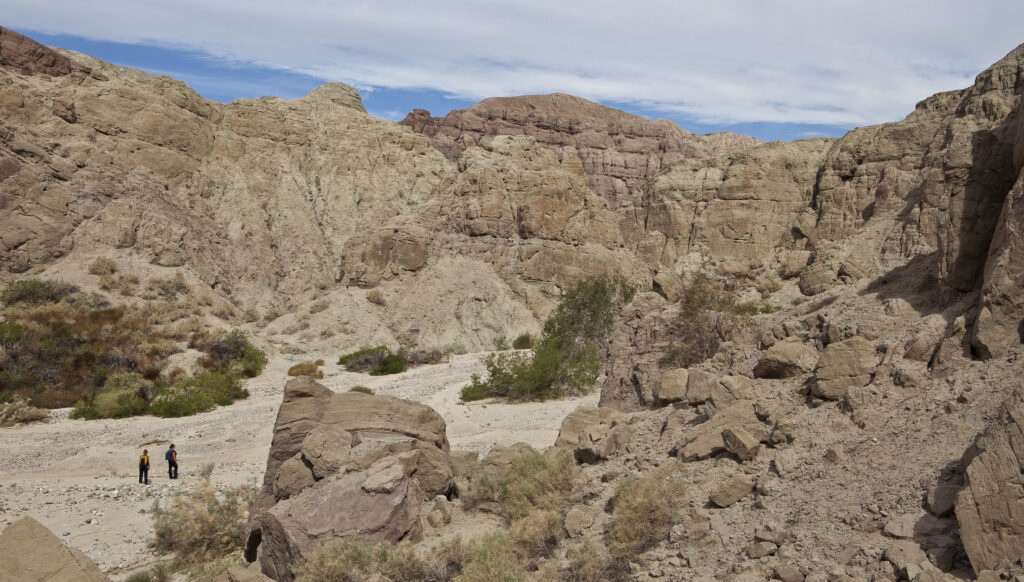
The harsh selective pressures of Cretaceous desert environments drove significant evolutionary innovations that shaped the trajectory of numerous lineages. These extreme conditions created natural laboratories for testing adaptations to water scarcity, temperature extremes, and resource limitations. Early flowering plants underwent significant diversification in these environments, evolving many of the drought-resistance features still seen in modern desert angiosperms. The challenging conditions may have accelerated the evolution of endothermy (warm-bloodedness) in certain dinosaur lineages, as this physiological trait provided advantages for regulating temperature in extreme environments. Small-bodied mammals found opportunities in desert niches, developing specialized dentition for processing tough desert vegetation and efficient kidney functions that would later prove advantageous during the end-Cretaceous extinction. Fossil evidence suggests that certain avian adaptations, including specialized feather structures and efficient respiratory systems, may have been refined under desert conditions before becoming widespread. The boom-and-bust resource cycles of desert ecosystems selected for species with rapid reproductive strategies and efficient resource utilization, traits that would prove crucial for surviving the catastrophic environmental changes at the Cretaceous-Paleogene boundary.
Desert Expansion and Contraction Cycles
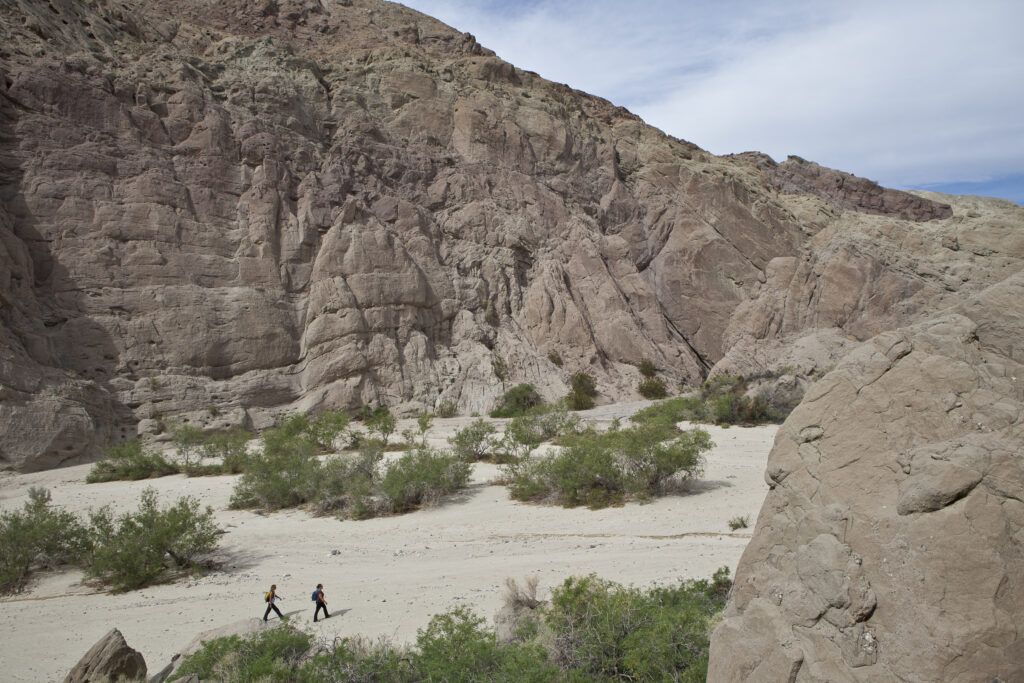
Throughout the Cretaceous period, desert environments underwent significant expansion and contraction cycles in response to larger climate shifts. During warmer intervals with enhanced greenhouse conditions, desert zones expanded significantly, pushing deeper into previously temperate regions. Geological evidence shows that these expansion phases created corridors between previously isolated desert regions, allowing for migrations of specialized desert-adapted species across vast distances. Conversely, during slightly cooler or wetter periods, desert margins contracted, allowing forest ecosystems to reclaim territory. These cyclic changes created dynamic tension zones where desert and non-desert species competed, driving adaptation and specialization. Sedimentary records reveal that some regions experienced multiple transitions between desert and non-desert conditions throughout the Cretaceous, with each shift leaving distinct soil horizons and fossil assemblages. These environmental oscillations likely contributed to the high diversity of specialized desert organisms by repeatedly isolating populations in desert refugia, promoting allopatric speciation. The relative rapidity of these shifts compared to evolutionary timeframes meant that species needed to adapt, migrate, or face local extinction with each major climatic oscillation.
The Legacy of Cretaceous Deserts
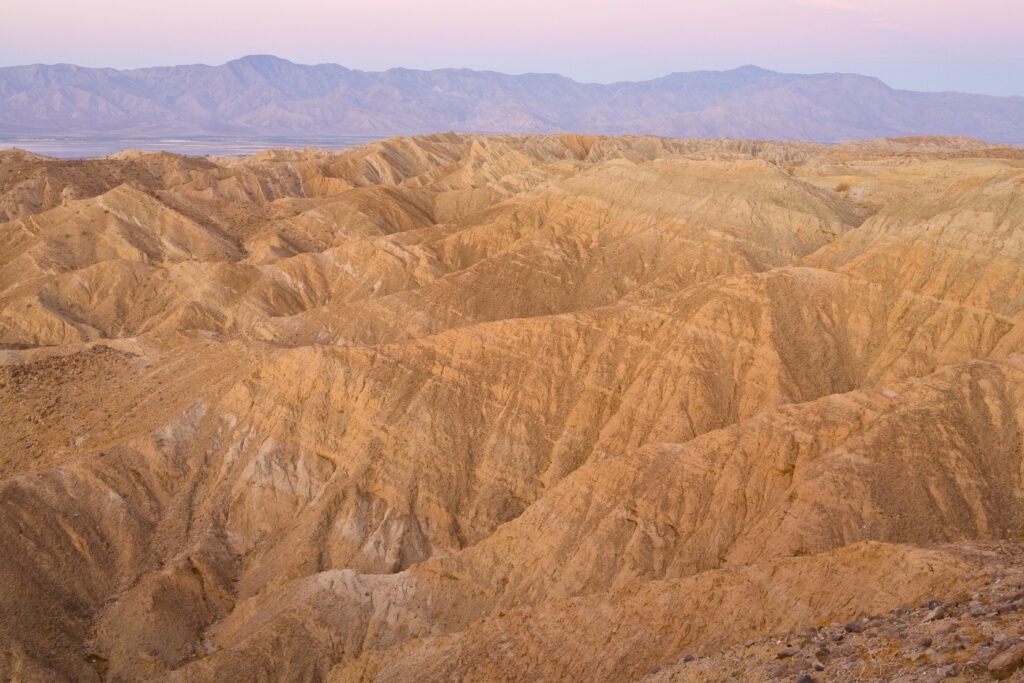
The ancient deserts of the Cretaceous period left an enduring legacy that continues to influence our planet today. Many modern desert landforms have their origins in Cretaceous geological processes, with some ancient dune systems having been preserved beneath younger sediments before being exposed by recent erosion. The evolutionary adaptations developed by plants and animals in response to Cretaceous desert conditions established fundamental survival strategies that remain evident in modern desert organisms, representing a continuous adaptive lineage spanning over 66 million years. Significant mineral deposits, including valuable ores and hydrocarbons, formed under the unique geochemical conditions of ancient desert environments, creating resource reserves that support modern economies. The extensive sandstone formations created during this period now serve as important aquifers in many regions, ironically providing water resources in areas that were once among Earth’s driest environments. Perhaps most significantly, studying Cretaceous deserts provides crucial insights into how ecosystems respond to extreme climate change, offering valuable perspective as we face human-induced warming and increasing aridity in many global regions.
Life and Evolution in Cretaceous Desert Landscapes
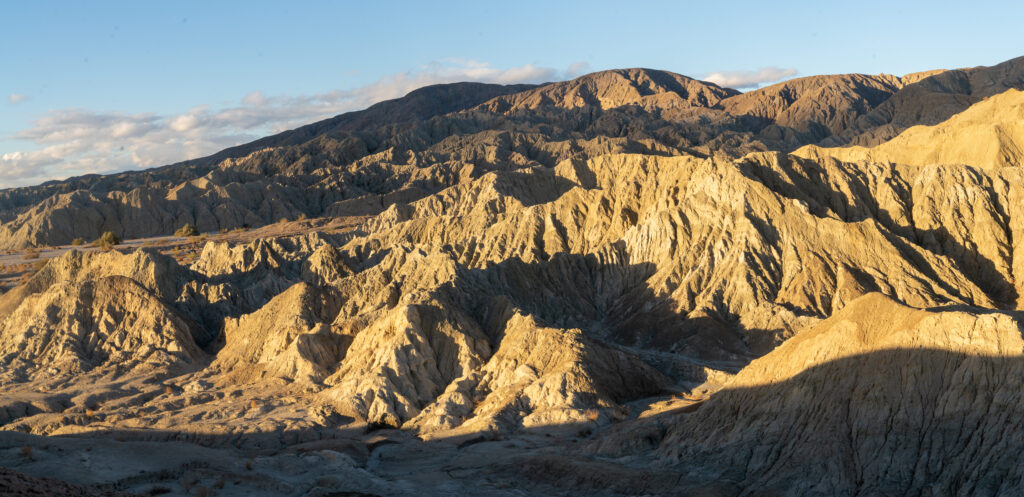
The dusty, windy deserts of the Cretaceous period represent a fascinating chapter in Earth’s environmental history—one that contradicts simplified portrayals of the age of dinosaurs as uniformly lush and tropical. These ancient arid landscapes, with their extreme conditions and specialized inhabitants, drove important evolutionary innovations while creating a complex mosaic of environments across the prehistoric world. As we continue to uncover fossils and analyze ancient sediments from these regions, our understanding of Cretaceous deserts grows increasingly nuanced, revealing ecosystems that, while harsh, teemed with specially adapted life. In studying these ancient environments, we gain valuable perspectives on biological resilience, climate dynamics, and the remarkable capacity of life to flourish even under the most challenging conditions—lessons particularly relevant as we face an uncertain climatic future.

